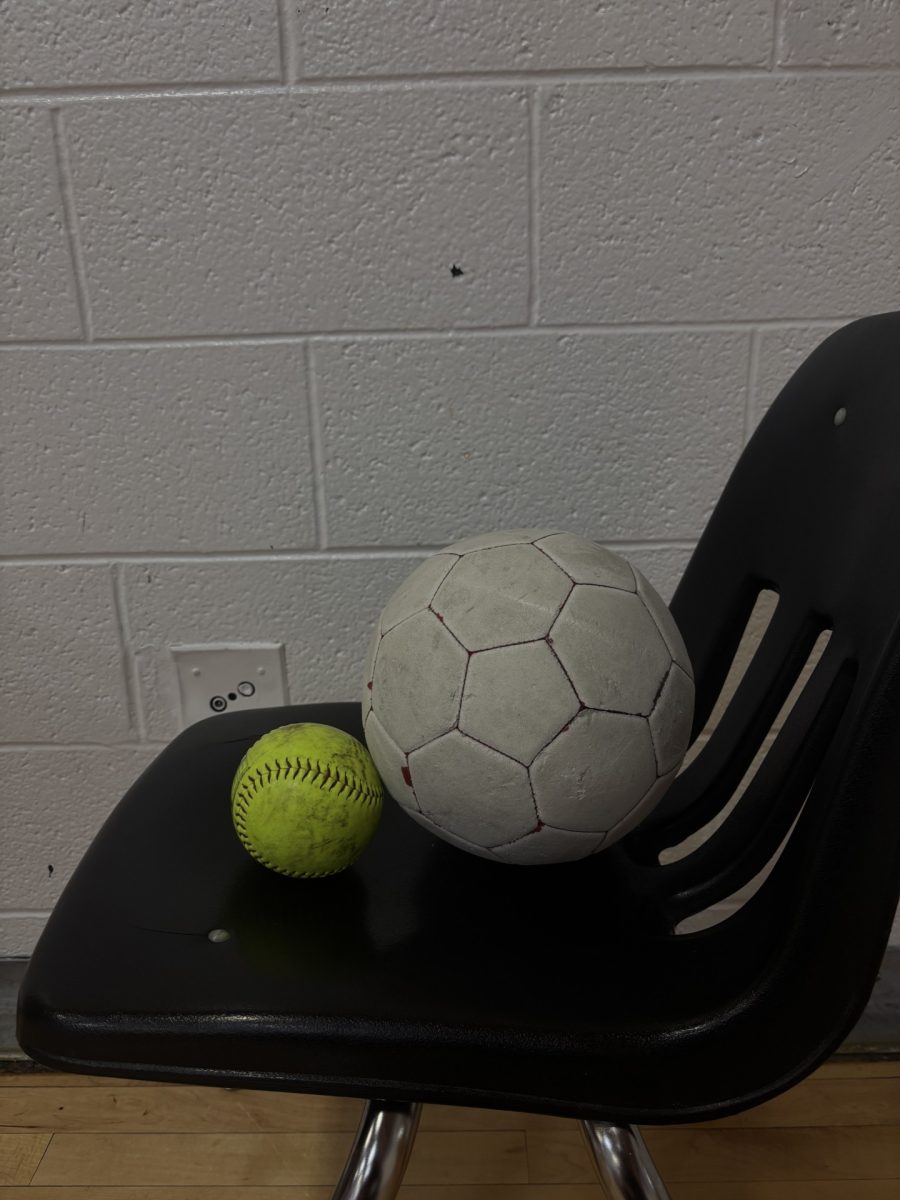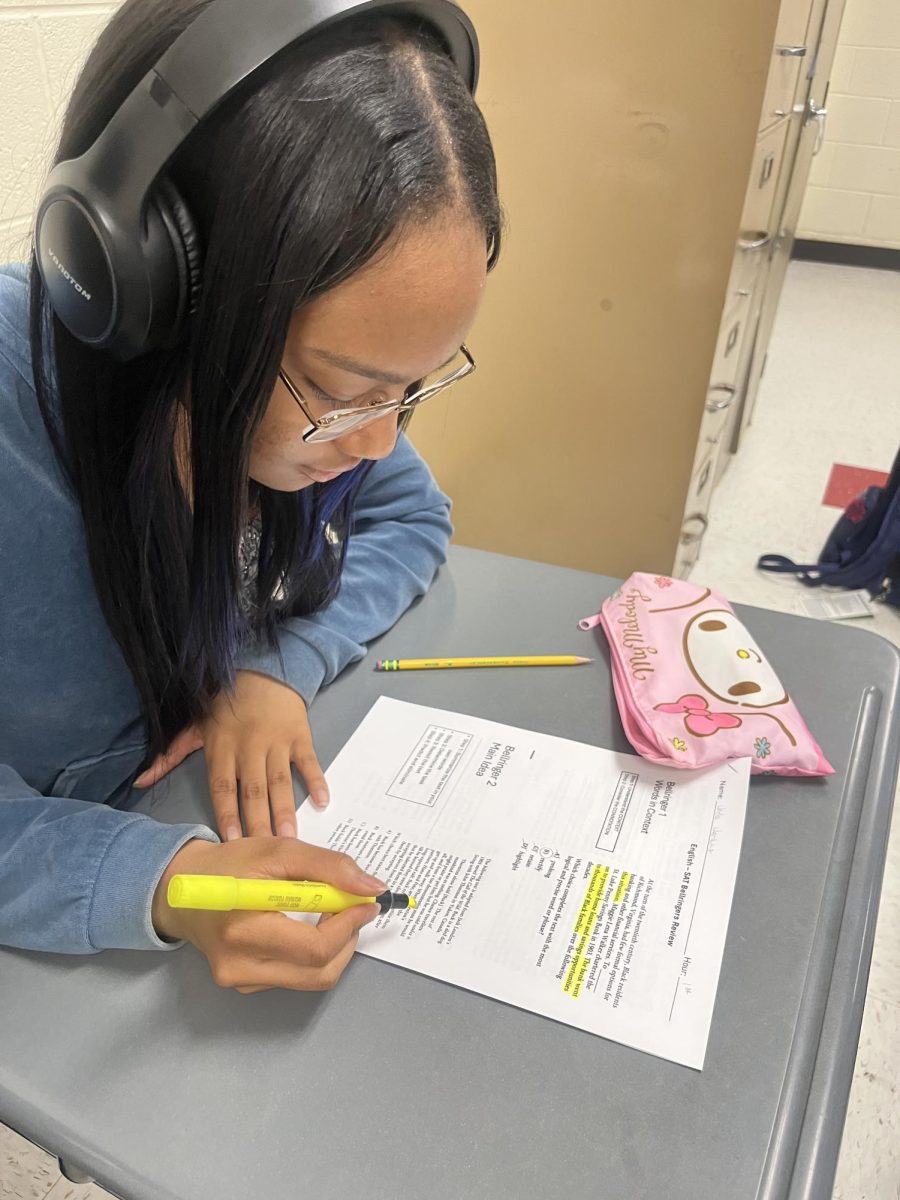Do your part and stop the spread
March 16, 2021
As you may already know, the long waited covid-19 vaccine is here. Many have several questions and thoughts about this newly made vaccine. Who is getting this shot, when are they getting it, what are the common side effects, what is a myth, and what is a fact?
“I look forward to people getting the vaccine so we can get back to more normal ways of living and have all the students back in class.” teacher Sarah Stark said.
The COVID-19 vaccine is still a limited resource, so the federal government and scientists worked together creating four phases to rollout who gets the shot and when. According to the CDC (Center for Disease Control and Prevention), healthcare frontline workers, long time care facility residents, people aged 75 years and older, people age 16-74 with underlying medical conditions, and other essential workers are in the phase one category and can get their shot first.
On Jan. 11th , we moved into the second phase. This includes teachers and other education employees, first responders, childcare providers, residents 65 years of age and older, and critical workers in high-risk settings— workers who are in industries essential to the functioning of society and substantially higher risk of exposure.
People of all ages with underlying conditions are put at a higher risk. These include people who are in homeless shelters or group homes for individuals with disabilities such as mental illness, developmental and intellectual disabilities, physical disabilities, those who are recovering, and those who work in such environments. Those who are in prison, jail, detention centers and similar facilities along with staff within those work environments are included in phase one and two.
The third phase includes young adults, children, and workers in industries and occupations important to the functioning of society. Following those are the rest of general society that will be included in phase four of the vaccine.
Many fears have run through our minds with this quickly invented vaccine; however, it is important to debunk the myths, do our research, and accept the facts.
One side effect people were concerned of was that the vaccine would change your DNA because it is a mRNA vaccine. mRNA is a single-stranded copy of a small part of DNA, which is routinely made in the nucleus, but then released into the main part of the cell so that the instructions it carries can be “read” and made into a variety of proteins needed by the cell, which is quite different then your DNA given by your parents.
Many people fear that the government is trying to microchip us. A video shared over 8,300 times on Facebook makes false claims about the optional microchip that could be contained within the syringes’ label of the eventual COVID-19 vaccine. The video alleges that the microchip “Would give officials information on who has and has not been vaccinated.” and “track the location of the patient”. These claims are false.
Steve Hofman, a spokesman for Apiject. previously confirmed to Reuters via phone that this “optional” microchip will in no way be injected into the individual who receives the vaccine.
The microchip, he explained, is designed for two purposes: “To allow the healthcare provider to confirm that the actual injectable and the vaccine in it has not expired and that it is not counterfeit,” as well as “That particular injection has been used.” The health provider, Hofman added, would use a cellphone app to capture and revise this information. This does not involve divulging patients’ personal information.
Hofman confirmed to Reuters that the microchip “could track where a vaccination occurred, but not who was vaccinated.” So the final answer: partly false. This optional microchip for the label of the COVID-19 vaccine, which hasn’t yet been requested by U.S. officials, would not gather personal information of the individual that receives the inoculation nor track their location. It will share when and where injections are taking place, if the dosage has expired, or if it is counterfeit.
Infertility is a fear among many women when an article circulated the web stating that the vaccine produces proteins that can cause the placenta to not form. This has been proven false by doctors. Seizures, throat closure, and the possibility of this vaccine giving you COVID are also myths. The vaccine cannot cause infertility and will not give you COVID-19.
Some real common side effects that do occur are muscle soreness, pain at the injection site, drowsiness, headaches, chills, fever, and dizziness. All of these are temporary and mild symptoms. One side effect that is a little more severe is 4 out of 44,000, in the trials of the vaccine, had bell’s palsy, which is a facial weakness that in most cases goes away.
In order to defeat this virus and go back to a more “normal” life, we need at least 60-80% of people to get vaccinated. Herd immunity will happen when everyone has had the antibodies from beating COVID-19 and/or received the vaccine. So do your research, do your part, and stop the spread.



























